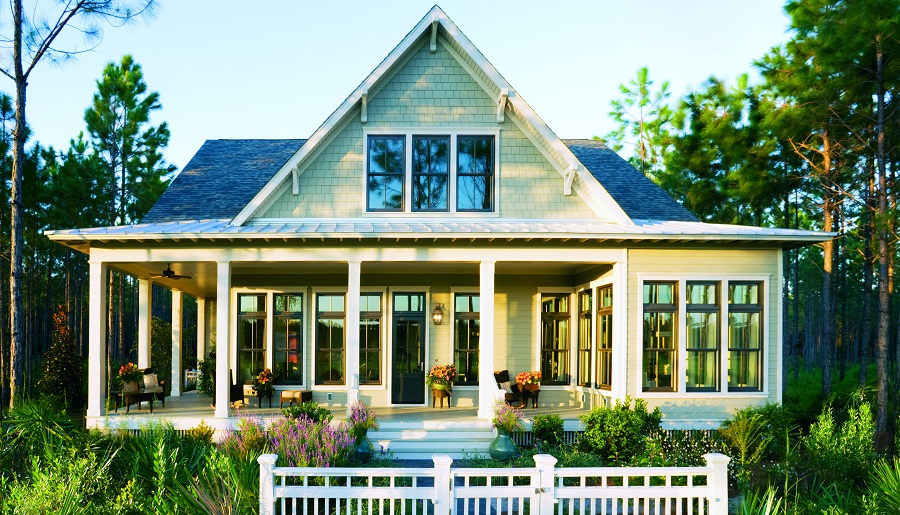Fire, flood, and wind can all wreak havoc on the wood in your home. But they are not the biggest threat to your house. That distinction, according to experts, belongs to the ever-hungry termite — and one especially destructive member of the family, the Formosan subterranean termite.
Five things you may not know about termite risk
- The Formosan termite is believed to account for 90% of all U.S. termite damage.1
- U.S. residents spend an estimated $5 billion annually to control termites and repair termite damage.2
- U.S. residents spend at least $1 billion on Formosan termite control and repairs each year.2
- Pest control specialists have no easy way to combat the Formosan termite.
- Formosan termites are the most economically serious pest in Hawaii, costing residents $100 million annually.
What can builders do to combat termites?
Builders have tried a number of approaches to preventing termite damage, and adding protection at the beginning of a project is much easier than trying to attack the problem after a termite infestation has begun. Using termite-resistant building products is one way to termite-proof buildings. There are a number of additional possible solutions:
- Build the structure using a wood that termites hate, like teak, redwood, cypress, or cedar. Unfortunately, many of these woods are prohibitively expensive.
- Choose products made from wood composites. Composite lumber has ingredients like plastic mixed in that termites cannot eat.
- Use nonwood building products, like vinyl windows or steel doors.
In recent years, vinyl has taken over as the dominant material for windows and doors, outpacing wood due to its durability and cost-effectiveness. Untreated wood can incur issues around longevity. But no designer wants to sacrifice aesthetics in the name of termite control, especially if wood is a design element. Treated woods, however, can extend the life of wood windows and doors, often protecting them from the environment.
To meet the needs of its builder partners, JELD-WEN spent years researching treatment processes, developing a patented vacuum-pressure approach. The process distributes the protective ingredients into the core of the wood. This allows for a virtually 100% surface-to-core protection against termites, as well as water saturation and wood rot. Unlike shallow-dip treatments that only protect the surface, AuraLast® Wood is infused to the core with protection.
JELD-WEN put AuraLast® to the test
AuraLast pine is real wood, not a composite or a hybrid. It is natural wood, and therefore easier to work with compared to alternatives. To test its resistance to termites, JELD-WEN decided to do an experiment, and to conduct it on the home turf of the feared Formosan subterranean termite — Hawaii. Home to more than 13 feet of a rain a year and one of the most heavily infested termite sites on the planet, Hilo, Hawaii, was the perfect spot to see how truly resistant the product is.

“We built a pair of little structures resembling a child’s playhouse,” (right) explains JELD-WEN’s Jennifer Matson. “We outfitted one mini house with a standard wood window purchased at the local lumberyard and the other one with a window made from our AuraLast wood.”
Both structures were placed on top of active termite colonies, which for Hawaiian Formosan termites can number 10 million insects. In just a few months, the wood structures had been reduced to spongy shards (below). The tireless Formosan termites had eaten through shingles, concrete, everything, to get to the wood. Nothing stopped them — except the AuraLast wood.

“All the AuraLast windows needed was a wipe down and paint,” reports Matson. “Otherwise, they were fine. No rotting, water swelling, or termite damage of any kind.”
AuraLast wood windows, patio doors, and door frames have been in the market for more than 10 years. To learn more about their durability and other product details, visit the JELD-WEN website. You can also read this short paper to learn more about how to prevent wood decay in windows and doors.
1. USDA (United States Department of Agriculture): agresearchmag.ars.usda.gov/ar/archive/2000/oct/termite1000.pdf.
2. Orkin Termite Damage Statistics: orkin.com/termites/facts/statistics.



